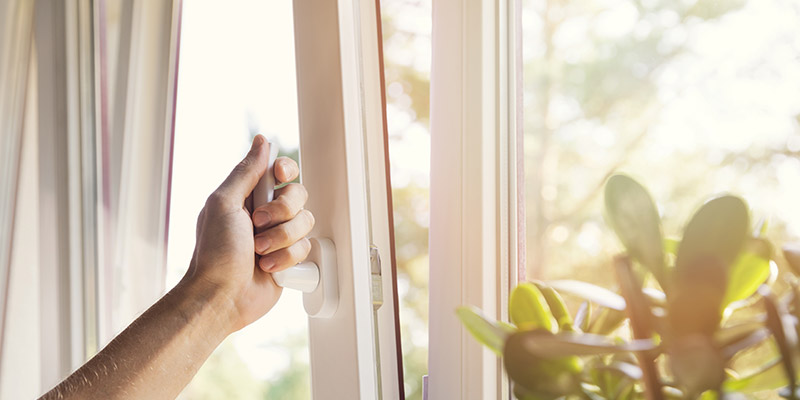In theory yes... but as has been mentioned No Sealed unit will last for ever.
Basically a sealed unit is sealed using a hotmelt ...190 degress c plus and they start at one corner and work round to the unit to that corner .. as you get to the beginning it is no longer 190c and you end up with a ' hairline ' fault, very rarely visible to the naked eye. Now all the materials, wood/pvc/sealant/silicone/putty/beading even glass to a degree , contract and expand in the ever changing weather. This creates an unnoticeable reverse bellows effect and slowly draws any moisture in the air /wood / sealant etc I to the sealant unit. Now the dessicant ( actually to be technical it's molecular sieve ) will absorb the moisture and any chemicals until it is fully saturated and then you end up with moisture in the unit. Now this can happen quickly or slowly depending on various factors , how long the unit was left before it was sealed , quantity of water vapour in the air at time of sealing , whether there are any chemicals in the air...some will fail quickly, some slowly.....BUT they will all fail at some point that is a guarantee. South moving round to West facing will fail first due to most of our weather comes that way, regardless of wood or pvc. The industry started to refuse to guarantee into wood with putty due to issues previously mentioned... in fact some manufacturers won't guarantee into wood at all, some if only glazed certain ways but Putty and just silicone are not normally covered. As another thing if the units are going into wood they should not have the ' edges 'taped , as there is a potential to hold water within the tape.
I would put money on that the new units will not last as long as the originals , yes they may look the same but I can guarantee that from 30years ago , both the dessicant formula and the spacer bar material thickness have changed



